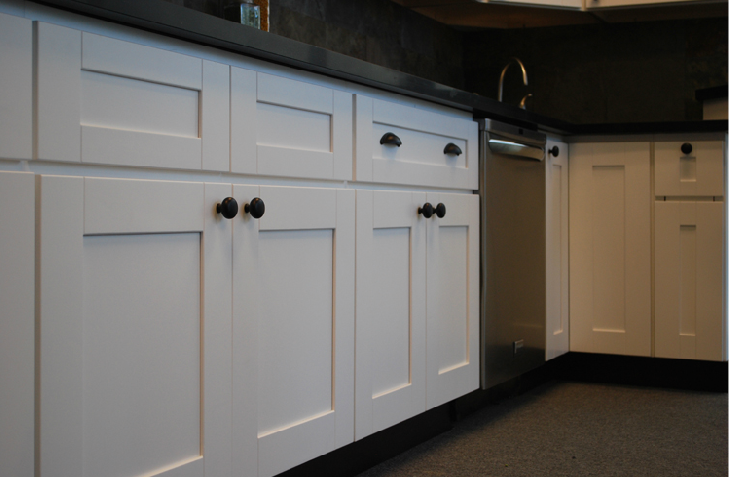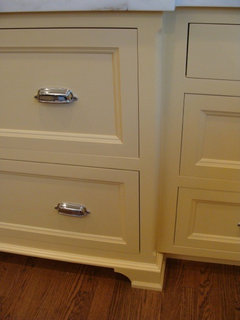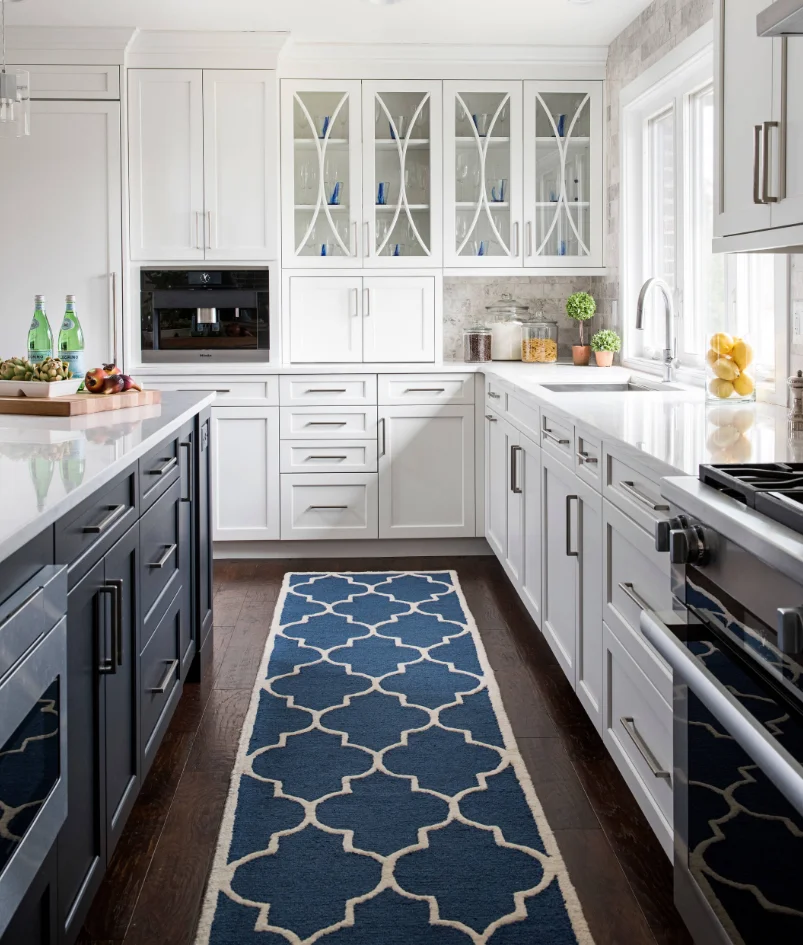

Overlay cabinets don’t require as advanced and time-consuming construction as inset cabinets. One thing that sets these cabinets apart is the skill required to build them. While inset and overlay cabinets both have similar functions, they differ in price and functionality. What is the Difference between Inset and Overlay Cabinets? What is the Difference between Inset and Overlay Cabinets?.

#Shaker full overlay cabinets upgrade#
If you’re looking for a kitchen upgrade that will stand the test of time, I highly recommend Shaker cabinets! They can fit just about any style, and they add so much class to a kitchen. Choose long, thin handles to compliment the cabinets’ right angles, or opt for no hardware at all! Either way, the cabinets will be enough of a focal point themselves, so don’t overpower them with flashy hardware. In my opinion, a these cabinet pairs best with simple, understated hardware. If you’re looking for the classic farmhouse style, opt for the traditional design. These work better for more modern, minimalist homes. While traditional Shaker cabinets feature thick stiles, you can also get “skinny” ones, which feature thinner stiles. Plus, tons of cabinet makers use it, so it should be easy to find someone willing to create the style you’re looking for. If you want a mix of durability and cost-effectiveness, medium density fiberwood is a great middle ground! It’s especially easy to paint and way more affordable than hardwood. Look for cabinet-grade plywood, which is sanded on one side and very easy to paint. Plywood is the most affordable option, but it’s not quite as durable. If you like the natural wood look, this is definitely the way to go. Traditional Shaker cabinets were made with hardwood and either painted or stained. Most of these cabinets are made of either hardwood, medium density fiberwood, or plywood. Go with what you’re most drawn to! Material

Either way, the Shaker style is timeless, so any of these styles will age well. Typically, inset cabinets look more modern while overlaid cabinets look a little more traditional. You can also get them in the inset style (meaning the doors sit flush inside of the cabinet) or the full overlay style (where the doors entirely cover the front of the cabinets). Traditional Shaker cabinets are designed with a partial overlay, meaning the doors don’t fully cover the base of the cabinet. There are tons of different Shaker cabinet styles to choose from, and you really can’t go wrong! Here are a few things to consider. If you’re looking to DIY your kitchen renovation, you can also find ready-made Shaker cabinets or doors online. Just about any cabinet maker can craft them for you. Luckily, these cabinets are super common these days, especially the classic white Shaker cabinets. Most people paint them white, but I’ve seen them in bright colors, natural wood finishes, and even black! They’re super versatile and easy to style no matter the look you’re going for. They’re simple, clean cabinets with uniformly framed doors, recessed fronts, and sleek hardware. If you’ve spent any time scrolling Pinterest for kitchen inspiration, you’ve probably seen Shaker cabinets. Here’s everything you need to know before designing your kitchen with Shaker cabinets. Let’s talk Shaker cabinets! I’ve used them in several kitchen renovation projects recently, and I’m in love with the look! They’re class, they age well, and they add a touch of class to just about any kitchen.


 0 kommentar(er)
0 kommentar(er)
